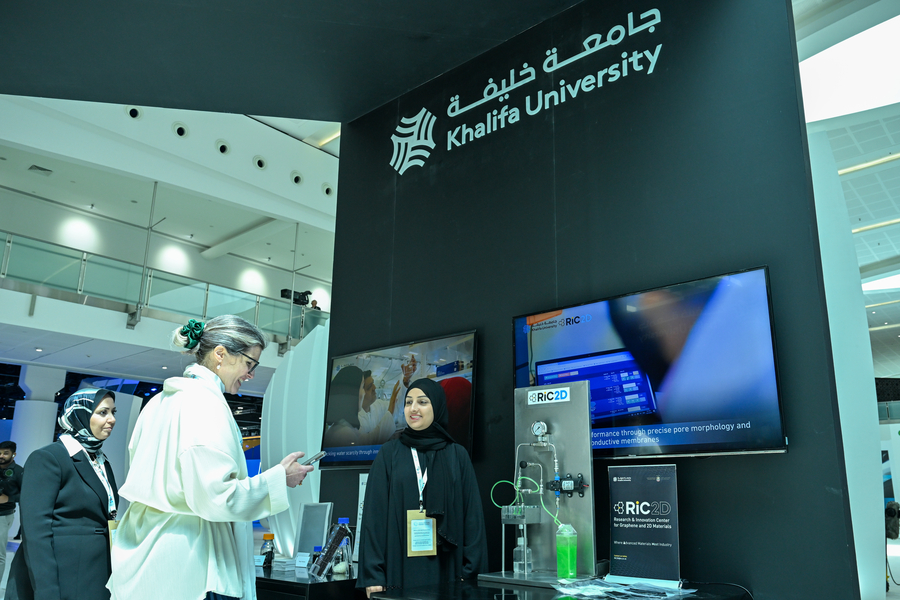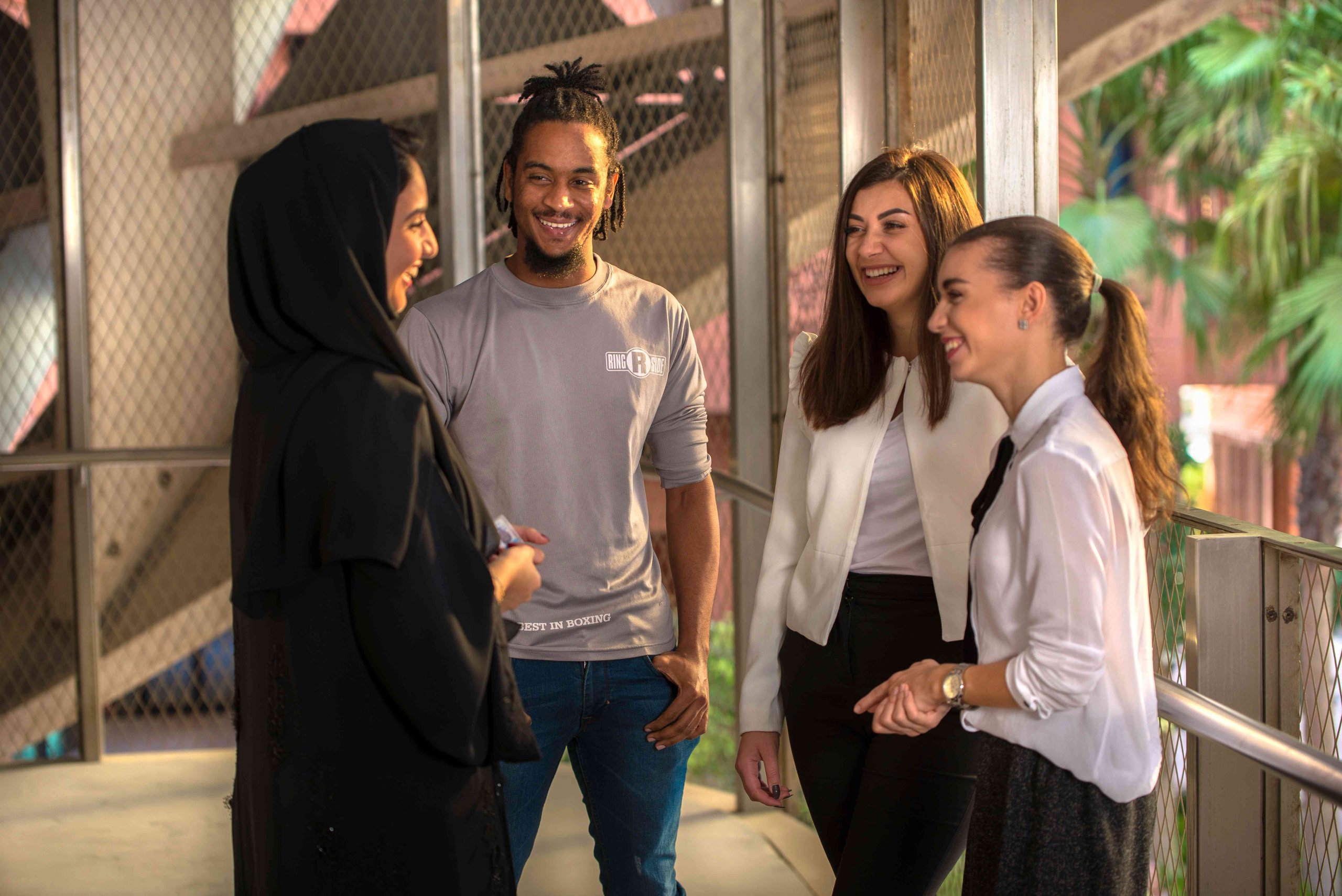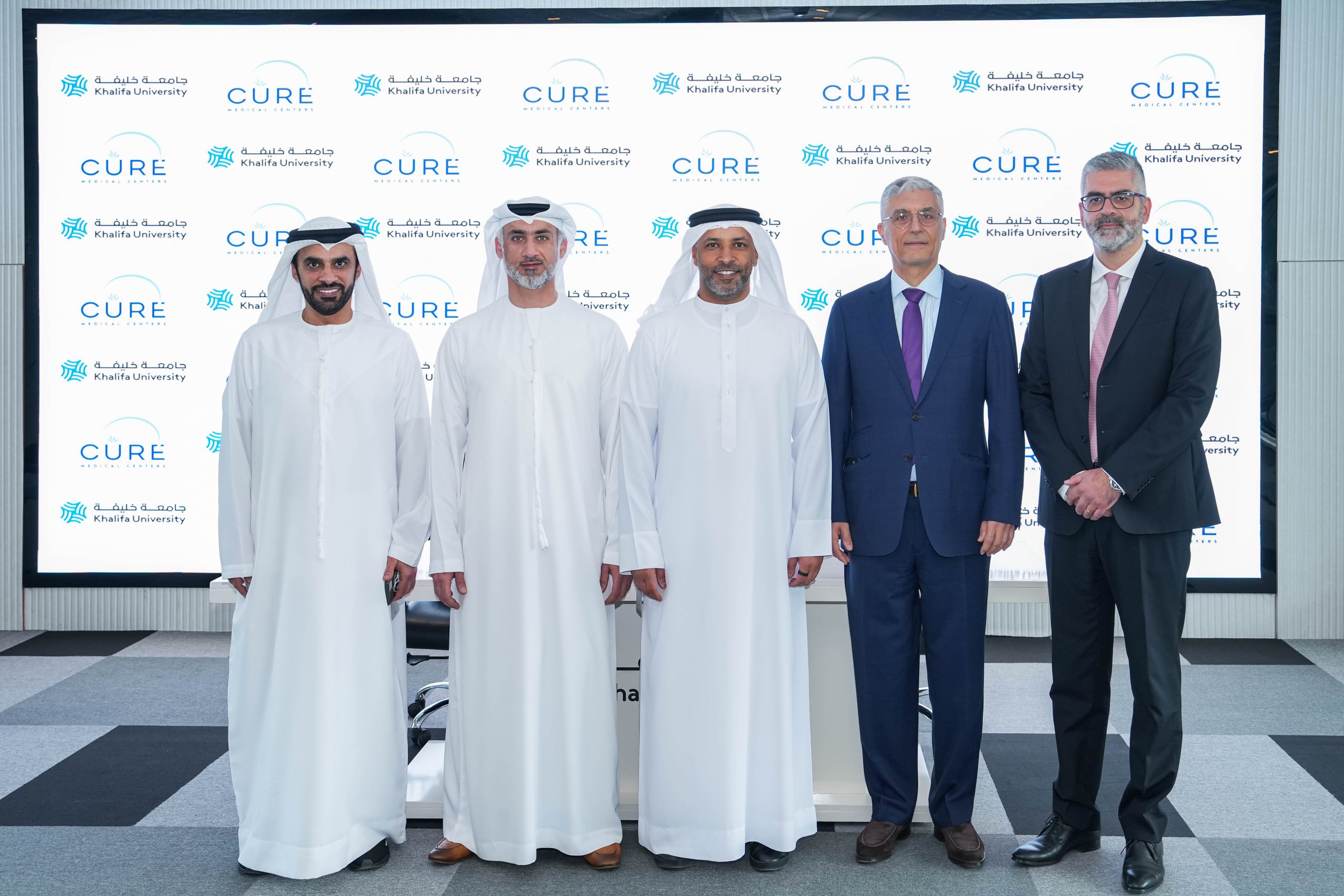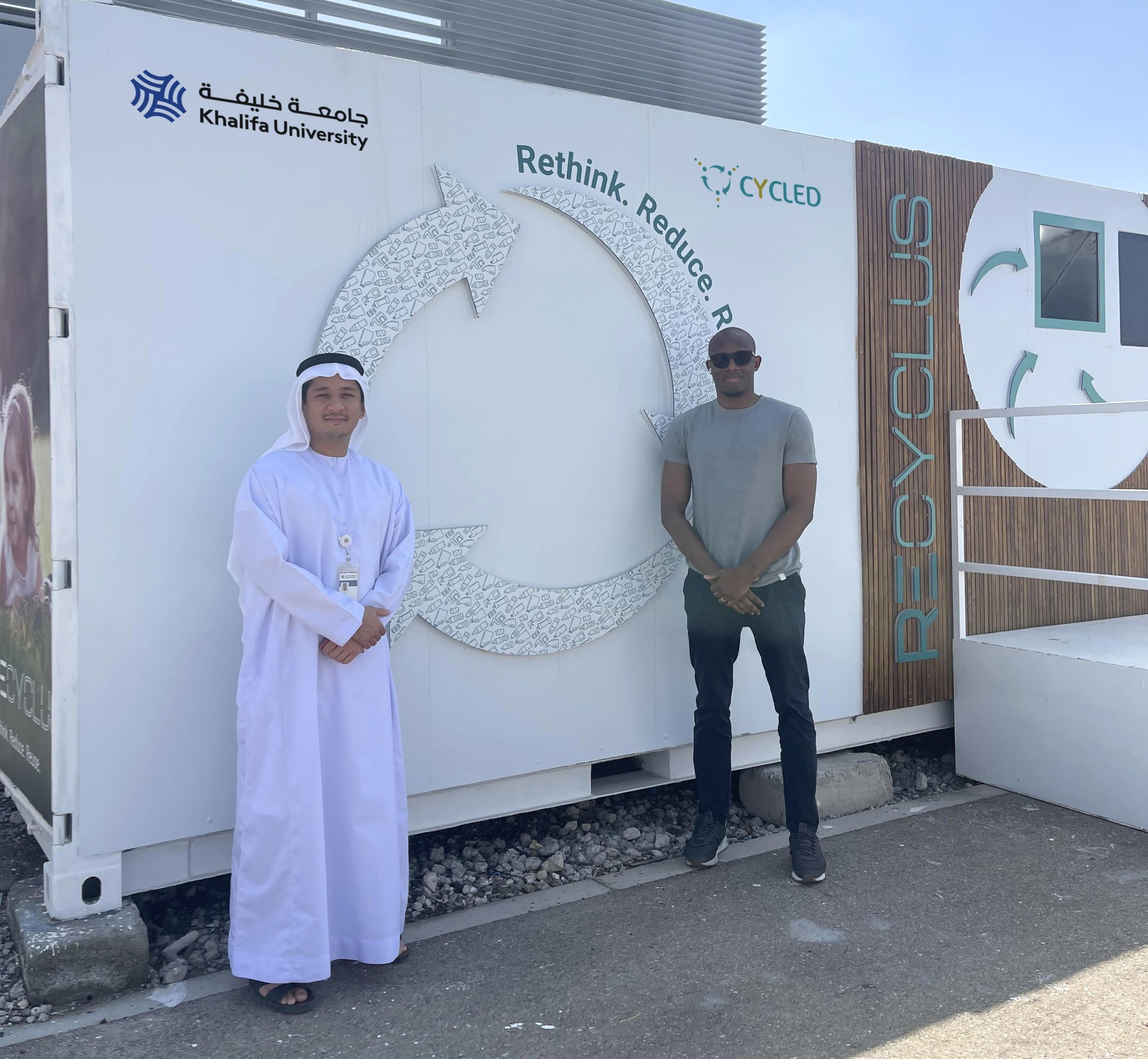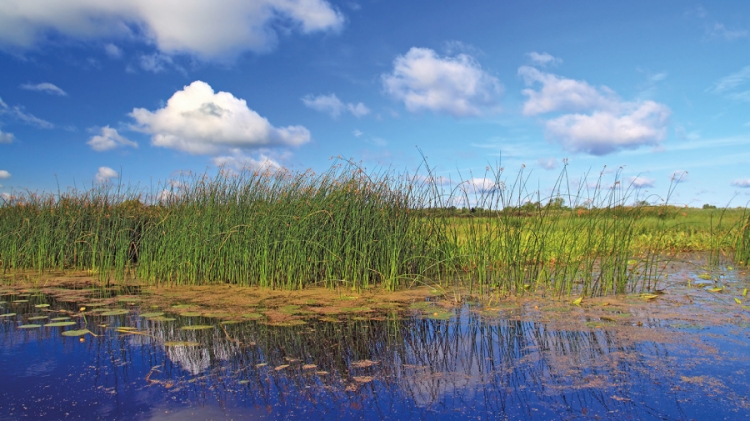
By Rashed Al Gaoud
Imagine a field of tall, green reeds, rustling lightly in the wind. Dragonflies flit between the stalks, attracting migratory birds to rest, eat and rehydrate. Now imagine if that beautiful scene were also a water-treatment facility. It could be.
Constructed wetlands are an established method to treat water safely and with minimal energy requirements.
They consist of reed plants cultivated in a sandy filter where natural microbial, chemical and mechanical processes in the roots of the plants and the sandy filter transform sewage into clean water, gases, minerals and fertiliser.
The system is essentially a type of water filtration and treatment plant, making efficient use of natural processes. It mimics the way natural wetlands break down waste in water, filter out sediment and remove heavy metals.
By using filtration layers, plant roots and microbial processes, wastewater or sewage is pumped in, and after undergoing a passive and nature-based process, the now clean water is pumped out.
As a water treatment system and conservation method, constructed wetlands are often deployed in Europe and North America. In the UAE, however, it has been tried only on a small scale. There has been no conclusive work to adapt the system for the unique climatic needs here. Without such knowledge, this uniquely beneficial method cannot reach its potential in our country. That’s a shame, as it holds much promise.
To meet that promise, a team of researchers at the Masdar Institute, led by my adviser Dr Jorge Rodriguez, are developing optimised design guidelines for constructed wetlands for the UAE.
As a UAE national and a civil engineer by training, it is my hope we can develop this technology to treat water in a way that requires nearly no energy, contributes to clean air with the carbon-absorbing capabilities of the reeds, provides habitat for wildlife and, of course, provides treated water that would otherwise have to be expensively desalinated.
Because the constructed reed bed can be easily operated and is decentralised, it can serve remote small communities that would require an expensive pipeline infrastructure or carbon-intensive tanker lorries to transport sewage to distant treatment plants.
But because previous reed bed research has been conducted in climates dissimilar to that of the UAE, the findings are not completely aligned with the climate in this part of the world. The heat here leads to higher evaporation rates, a more rapid rate of growth for plants, and a heightened water temperature for the microbes.
The structure and diversity of the microbes themselves are also very important. They conduct a significant portion of the water-cleaning process by breaking down waste.
To ensure the microbes are able to function optimally, I am focusing my component of the research on using the molecular tools to investigate the microbial community found in reed-bed basins, characterising how it develops with time and throughout the depth of the basin.
Eventually, we hope to provide Abu Dhabi with another part of the overall sustainability puzzle that will reduce the ecological footprint through carbon and energy reduction, while saving precious water resources and money that could be better used elsewhere. Not only that, constructed wetlands can add to the beauty and biodiversity of my country.
Rashed Al Gaoud is a water and environmental engineering student at the Masdar Institute of Science and Technology
http://www.thenational.ae/news/uae-news/technology/reed-beds-can-weed-out-the-waste-to-return-clean-water



